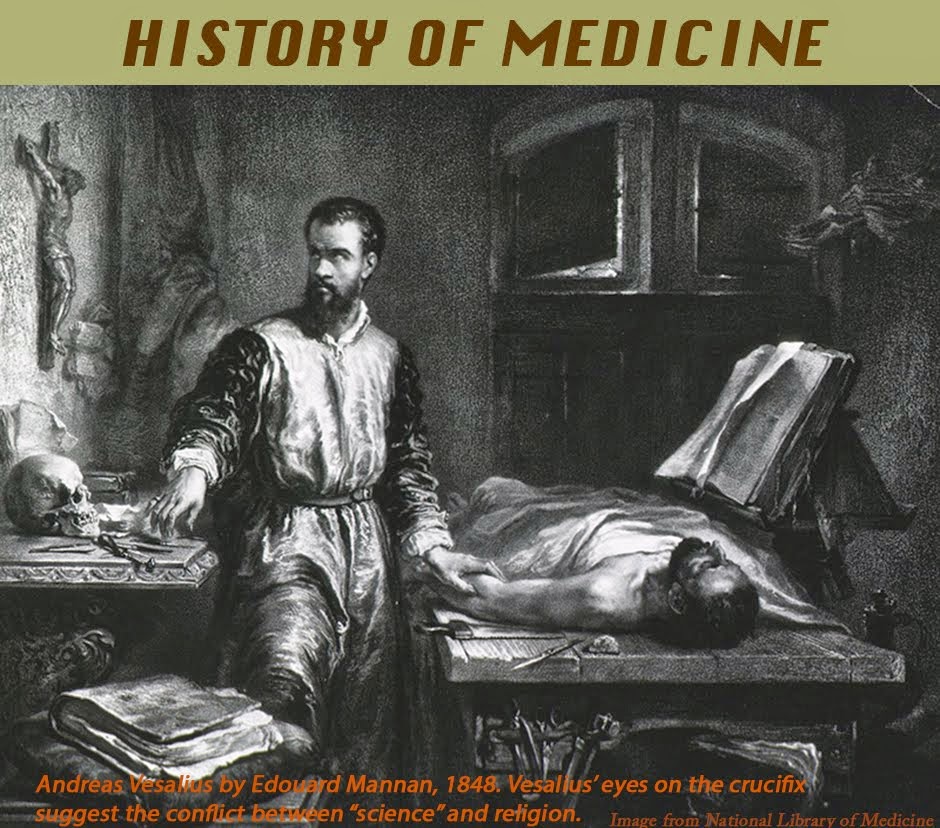SAMUEL POZZI
FATHER OF FRENCH GYNECOLOGY
In the summer of 1881 an up-and-coming artist, John Singer Sargent, was introduced in Paris to a rising French physician, Samuel Pozzi. The artist agreed to do a portrait of Pozzi,
 |
| Dr. Pozzi at Home by J S Sargent (Wikipedia) |
Who was Samuel Pozzi? Born in 1846 to a physician father in Bergerac (of Cyrano fame), he completed his medical education at the University of Paris. During the student years he lived in the Latin Quarter, where he met the young actress, Sara Bernhardt. The two were almost certainly lovers and remained close friends throughout life.
In 1870 the Franco-Prussian War broke
 |
| Samuel Pozzi (Wikipedia) |
To enhance his income Pozzi took locum tenens positions at several hospitals and gradually built a private practice. In 1876, at a meeting of the British Medical Association, he visited Joseph Lister in Edinburgh. He learned his techniques and on return introduced them into his work at the Pitié, supported by Broca. He was one of the early users of antiseptic techniques in France.
In 1883 he was appointed chief of surgery at the Lourcine-Pascal Hospital (later called the Broca Hospital). Pozzi had been interested in medical and surgical problems of women since medical school, where he had been impressed at how neglected their problems were. Particularly distressing were fistulas, leaking urine or stool, seen after difficult childbirths. Pozzi converted a disused shack on the grounds into a specialized ward for gynecological patients, considered to be the first such unit in France. Pozzi also installed an operating room in the main hospital, something it was lacking, and acquired possibly
 |
| Pozzi operating at the Broca Hospital (Standing to right of patient) (Wellcome Library and Wikicommons) |
the first autoclave in France. Believing in the healing power of art, Pozzi had murals painted on the ward walls and a ceiling painted by the artist Georges Clairin, entitled Health Restored to the Sick. Sarah Bernhardt was the model for “Health”. A new surgical assistant, Robert Proust, brother of Marcel the writer, joined him. Proust later
 |
| Robert Proust (Wikipedia) |
made contributions to gynecological and urological surgery.
Pozzi applied to the University of Paris to teach a course in gynecology but was refused, so he taught the first such course in France independently and free of charge. It was popular. Meanwhile he worked to accumulate material for a much-needed textbook of gynecology. He finally retreated to his mother-in-law’s house in Montpellier for six months of isolated labor to produce it.
The text, the first in France, published in 1890 in two volumes and comprising over 1200 pages with almost 500 illustrations, was immensely successful and was followed by a new edition two years later. New surgical instruments and techniques that Pozzi had introduced were important contributions. The work was translated
 |
| From Pozzi's Textbook, 1891 Translation (Hathi Trust) |
into five languages, including more than one English edition and new editions followed. The text established the specialty of gynecology in France and enhanced it worldwide. Amazingly, it wasn’t until 1901 that a department of gynecology was established at the University of Paris, with Pozzi appointed to chair it.
In contrast, in the U.S. the American Gynecological Society was formed as early as 1876. In that year Ulysses Grant was president, Custer was killed at Little Big Horn, and Colorado was admitted as the 38th state.
Pozzi’s practice expanded, though he never abandoned general surgery, and he served as personal physician to numerous patients, including celebrities. He removed a large ovarian cyst from his friend Sarah Bernhardt but deferred to a colleague when she needed a leg amputation later in life. He continued to mingle with artists and writers and traveled frequently, accumulating a significant art collection. The American Gynecological Society honored Dr. Pozzi in 1906, the one hundredth anniversary of Ephraim McDowell’s amazing kitchen-table ovariotomy, by inviting him to address the Society on the history of ovariotomy in France.
Pozzi was deeply involved in the Dreyfus scandal, acting as a vocal advocate for the wrongly accused officer. He was also elected as a Senator for his home area. When WWI came, Pozzi enlisted at age 68, operating again on wounded soldiers and writing papers on abdominal wounds.
Pozzi’s end came suddenly in 1918 when a deranged patient in his office shot him four times in the abdomen. Rushed to emergency surgery, Pozzi insisted on remaining conscious, ordering the surgeons to use only local anesthesia, morphine, and atropine. Prime Minister Clemenceau, an old medical school friend, attended the surgery. Despite repairing the bowel perforations, Pozzi died from a sudden hemorrhage.
The death of Samuel Pozzi, the creator of gynecology in France, was mourned by thousands, both for his work as a physician and for his support of, and friendship to, the artistic community of France. The famous portrait by Sargent is now on display in the Hammer Museum in Los Angeles.
SOURCES:
De Costa, C and Miller, F. The Diva and Doctor God: Letters from Sarah Bernhardt to Doctor Samuel Pozzi. 2010, ExLibris Corp.
Barnes, J. The Man in the Red Coat. 2020, Knopf.
Pozzi, S. Treatise on Gynecology, Medical and Surgical. Trans from French under supervision of Brooks H. Wells. 1891; Wm Wood & Co.
Speck, R. “Robert Proust – an eminent doctor in the shadow of his famous brother Marcel.” 2001; World J Urol 19: 285-91.
Ricci, J. The Development of Gynecological Surgery and Instruments. 1949; The Blackiston Co.
Pozzi, S. “The Evolution of Ovariotomy in France.” 1909; Surg, Gyn, Obs 9: 417-26.
Taylor, E S. History of the American Gynecological Society 1876-1981 and American Association of Obstetricians and Gynecologists 1888-1981. 1985; C.V. Mosby Co. (available online at: https://www.agosonline.org/public/PDF/Taylor_AGOS_history.pdf )
Transactions of the American Gynecological Society. 1876; H O Houghton & Co. vol 1.
